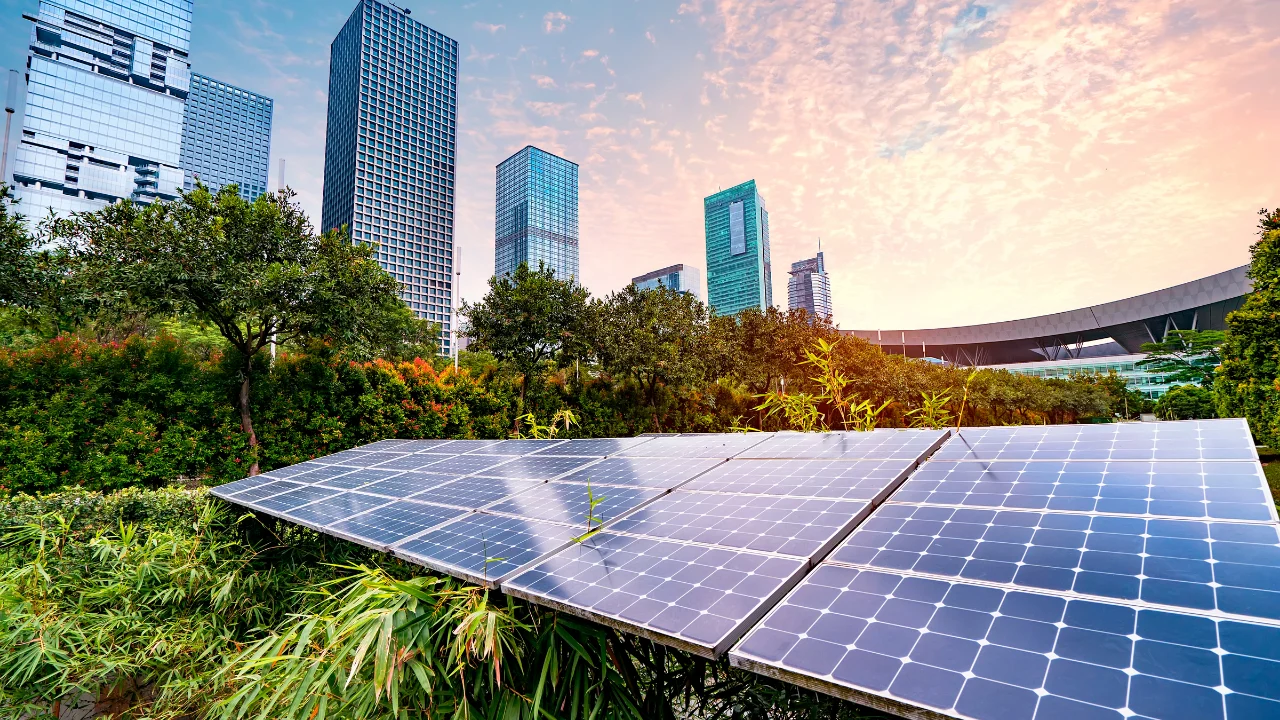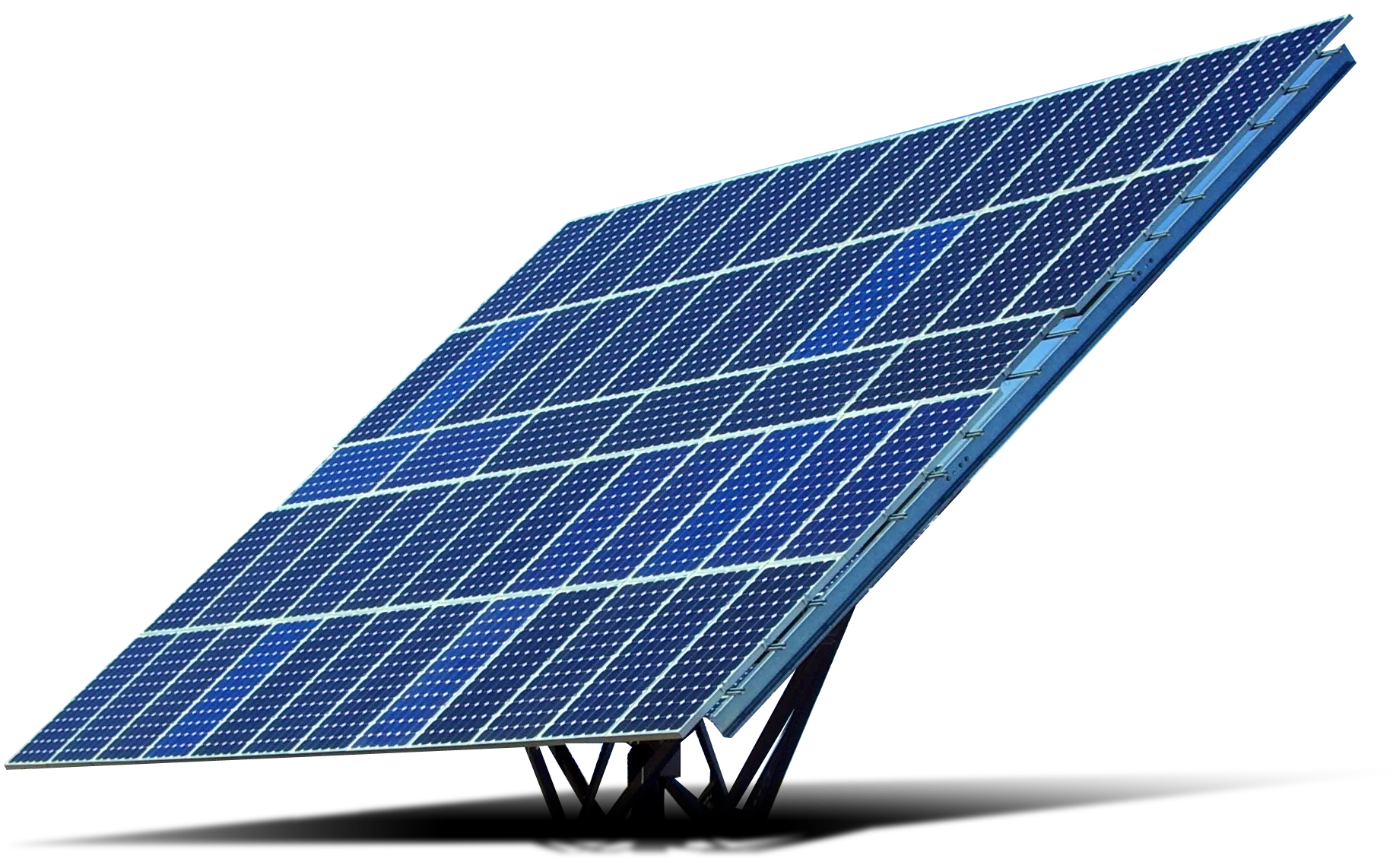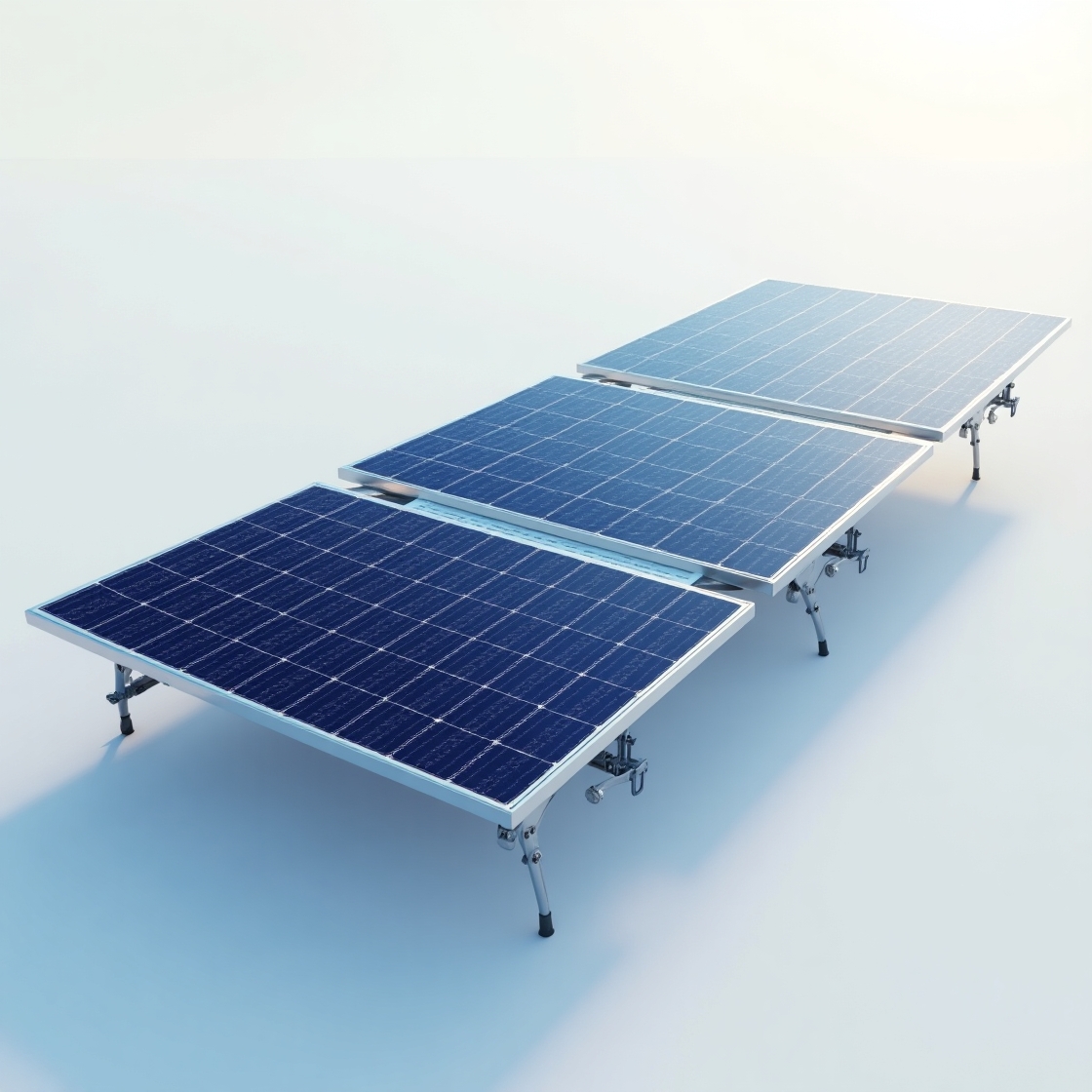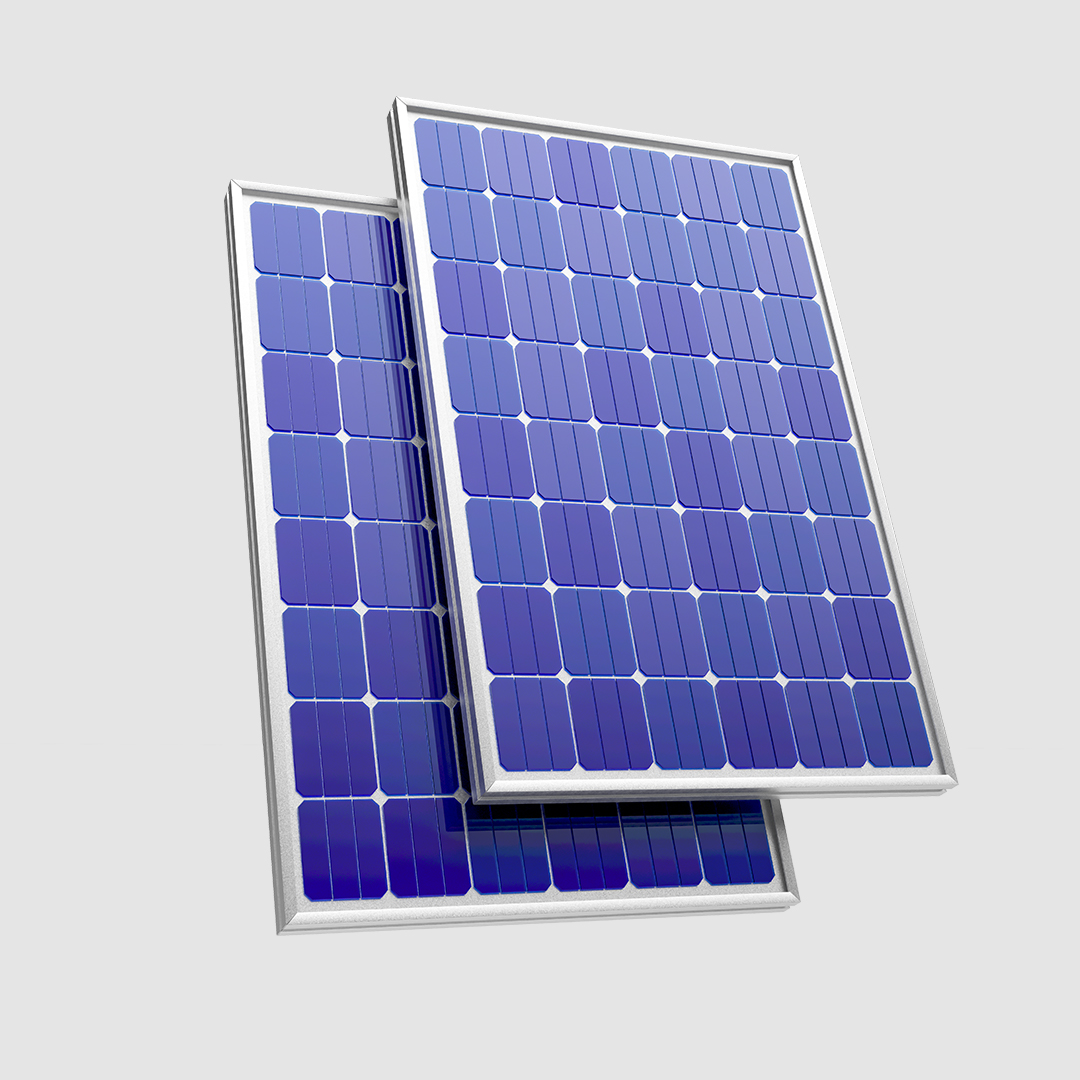As climate change, urbanization, and energy demands continue to rise in tandem, cities around the world are being forced to think creatively about how to generate clean, sustainable power. Enter: Urban Solar Farms—a new wave of renewable energy solutions designed specifically for the dense, vertical landscapes of modern cities.
As climate change, urbanization, and energy demands continue to rise in tandem, cities around the world are being forced to think creatively about how to generate clean, sustainable power. Enter: Urban Solar Farms—a new wave of renewable energy solutions designed specifically for the dense, vertical landscapes of modern cities.


Urban solar farms are large-scale solar energy systems installed within or near city environments—on rooftops, parking lots, abandoned industrial areas, and even over water bodies like reservoirs. Unlike traditional solar farms that require large expanses of rural land, urban solar installations creatively utilize underused urban spaces.
Cities are often short on open land, but they’re full of flat surfaces like rooftops and parking structures. Urban solar farms help convert this “dead space” into productive energy-generating zones.
Producing energy close to where it’s consumed reduces the need for long transmission lines, which often result in energy loss. Urban solar farms can power local neighborhoods more efficiently.
As cities face increasing pressure from extreme weather events, localized solar farms can act as a buffer during power outages—especially when combined with battery storage.
Many governments and municipalities are actively encouraging solar energy with tax benefits, net metering policies, and green building mandates—making solar more attractive to both private and public developers.
Despite the momentum, urban solar farms face some hurdles:
With smart grids, AI-enabled energy management, and falling solar panel costs, the future looks bright. Cities may soon become energy-positive ecosystems, where buildings not only consume but produce and share energy. Innovative models like “solar cooperatives” and community solar gardens are also democratizing access to clean power—especially for renters and low-income residents who can’t install panels themselves.


Urban solar farms are more than just a trend—they’re a transformational shift in how cities think about power, space, and sustainability. By embracing this approach, cities can reduce emissions, enhance energy security, and build a greener future for everyone.